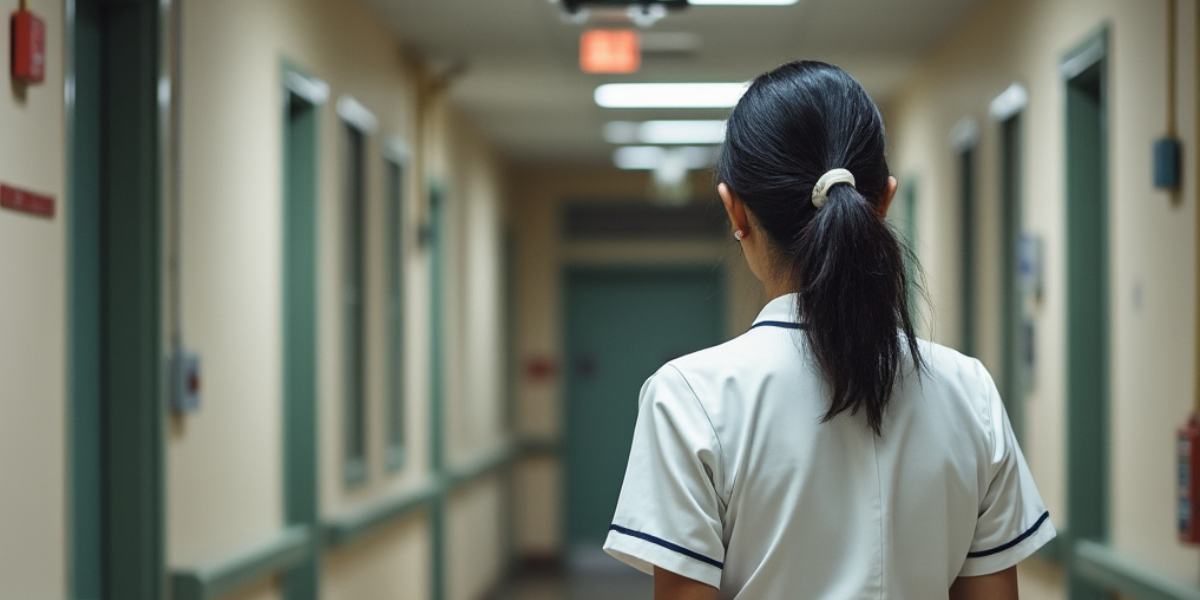The Supreme Court recently established the NTF following the tragic rape and murder of a junior doctor at RG Kar in Kolkata.
Published Sep 07, 2024 | 3:00 PM ⚊ Updated Sep 07, 2024 | 3:00 PM

The Ministry of Health and Family Welfare, on Thursday, 5 September constituted four sub-groups of the National Task Force (NTF) for safety of medical personnel in response to a Supreme Court order, after a meeting held on 27 August. These sub-groups are assigned to recommend an action plan to address key areas of issues suggested by the court.
The groups will deal with:
However, the sub-groups have been formed without offering representation to nurses, paramedical staff, and ASHA (Accredited Social Health Activist) and ANM (Auxiliary Nurse Midwife) workers, the majority of whom are women.
The Supreme Court established the NTF on 20 August, following the tragic rape and murder of a junior doctor at RG Kar Medical College and Hospital in Kolkata. The task force was mandated to develop protocols for ensuring the safety of medical professionals across hospitals and medical colleges in India.
Despite the importance of the task force, many within the medical community have expressed disappointment over its composition. The NTF is made up entirely of doctors from top private and public institutions, and lacks representation from key healthcare workers who are critical to hospital operations and patient care.
Addressing these concerns, the Chief Justice of India stated that ex-officio members from both the Ministry of Health and the NTF will consult with representatives of all healthcare organisations, ensuring that their voices and suggestions are included in the final action plan.
Nonetheless, the exclusion from the initial sub-groups remains a significant issue for many in the healthcare community.
Despite the inclusion of Secretaries from Health and Medical Education departments of various states like Assam, Bihar and Andhra Pradesh, and also officials from the police department, healthcare personnel feel they have been left out.
The NTF will seek assistance from state officials and representatives of the Ministry of Home Affairs.In a recent order, the Ministry of Health and Family Welfare (MoHFW) stated that the sub-groups would engage with stakeholders who have submitted their views via the MoHFW portal and others, as deemed necessary.
These inputs, along with those from state governments and medical institutions, will help the sub-committees finalise their recommendations. The MoHFW has set a deadline of three weeks for the sub-groups to submit their recommendations to Deputy Secretary Dr Pulkesh Kumar. These will then be reviewed by the NTF for finalisation.
Dr Swati Rane, founder and vice president of the Clinical Nursing Research Society of India and CEO of Seva Shakti, expressed her disappointment that nurses were not represented on the National Task Force (NTF) sub-groups.
“Not a single nurse has been included. Forget representation in the task force, nurses are not even in the sub-groups. Clearly, they do not matter! And of course, other support staff and patients do not need representation either,” she said, in frustration, to South First.
Rane has been campaigning for the inclusion of nurses – she said a petition with 12,000 signatures and numerous letters were submitted to the MoHFW; thousands of nurses submitted demands on the MoHFW portal. Despite these efforts, no nurse representative was considered.
“We are 70 percent of the workforce, yet we have no voice. The task force is dominated by doctors, who make up only 10-20 percent of the healthcare staff and are not present in hospitals 24/7 like nurses are,” she said.
She raised concerns about the broader healthcare ecosystem, noting that essential workers like ASHA and ANM staff, who form a large part of the workforce, were also excluded from the sub-groups. There is systemic disregard for the majority of frontline workers, particularly women, she said.
“Eighty percent of the women workforce in healthcare are paramedical staff. Yet, we find no representation. Even the police force has been included in the sub-group – these are external to the healthcare sector. The exclusion of nurses and paramedics is part of the larger issue of gender disparity in leadership positions in healthcare,” Rane noted.
Asked how the exclusion might be challenged, Rane said the only way she could think of was for broader, citizen-led initiatives that challenge such exclusion. “The citizens of India must now raise questions. Patients and civil society should demand answers. Nurses work 24/7, but are not part of decision-making processes. What is the point of such institutions?”
Meanwhile, she said, the petitions and demands seeking their rightful place will continue, on the part of the nurses.
(Edited by Neena)
(South First is now on WhatsApp and Telegram)
